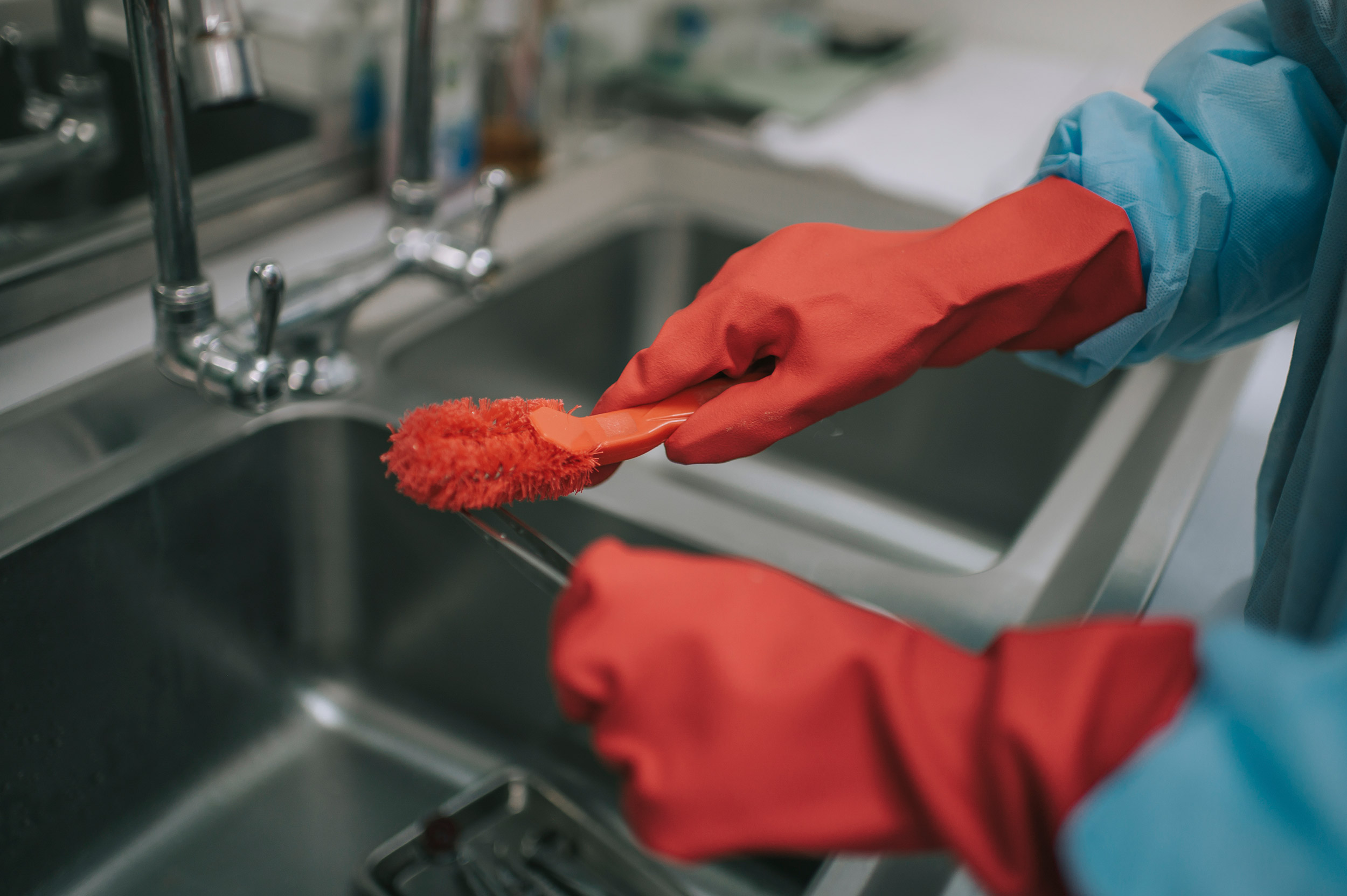
In the early months of the COVID-19 pandemic, research quickly emerged exploring the apparent gastroenterological manifestations of the disease.
Potential GI symptoms for COVID-19 patients included diarrhea and nausea. Early studies showed fecal-oral transmission of the SARS-CoV-2 virus was possible.
New research, however, suggests that the virus has minimal overall impacts on digestive tracts, despite patients presenting symptoms of GI distress. Most adverse endoscopic findings could not be traced to SARS-CoV-2, according to the research.
Gabriela Kuftinec, B. Joseph Elmunzer, and Sunil Amin co-authored the research article, which was also supported by the North American Alliance for the Study of Digestive Manifestations of Covid-19. The findings appeared in BMC Gastroenterology in May 2021.
The authors conducted a retrospective analysis of close to 2,000 COVID-19 patients admitted to hospitals in the U.S. and Canada during April, May and June 2020. The resulting study concluded that endoscopy should be limited for COVID-19 patients and those institutional resources re-allocated in the event of future surges.
Endoscopy carries heightened risk for patients with respiratory problems and may endanger healthcare workers exposed to respiratory particles or gastrointestinal droplets. Understanding the full risk-benefit ratio, the authors note, is vital in the ongoing fight against the virus.
Of the 1,992 COVID-19 patient records analyzed from 36 North American hospitals, 53 percent of patients suffered from GI symptoms of some kind while battling COVID-19. Only 24 patients, however, underwent endoscopy because of present symptoms, some including bleeding. This is likely due to a general hesitancy around performing non-essential procedures during the height of the pandemic, according to the report.
One patient, found to have erosive gastritis, is believed to have suffered severe digestive tract damage because of the virus. Typically, though, endoscopists found erosive or inflammatory changes that were connected to other illnesses, not the coronavirus.
The authors noted some study limitations. Those included analyzing patient records rather than interviewing them, and the relatively small sample of endoscopic procedures performed.


